Lawn grass has recently become an integral element of landscape design. A beautifully decorated lawn will make attractive any plot. But in addition to aesthetic function, such a grass also performs a protective task. She keeps moisture in the soil and thus interferes with its breathing.
Lawn Grass Choice Criteria
The selection of grass for lawn is determined by several factors:
- climatic conditions;
- the purpose of the lawn;
- groundwater level;
- type of soil.
The main criterion of choice is the type of lawn. Conventional areas are covered with several grades of herbs that form a dense coating. The use of more than one mixture of lawn grasses is due to the appearance of the coating and its stability. This territory looks much more attractive and it is difficult to pull out.
To sowing partar lawns, low-spirited herbs are the most appropriate option, such as:
- pleal a long-term;
- oatman red;
- polevitsa ordinary.
Types of meadow-type lawn grass must have resistant to diseases. This requirement corresponds to the herbs as:
- locking meadow;
- white wilderness;
- clover;
- timofeevka;
- bluegrass;
- pasture rags.
For sports lawns, a multi-year, oatmeal of red and blacklist meadow is used for lawns. In the process of sowing grass on the sports field, it is necessary to pay special attention to the execution of the soil drainage. Also for the design of such sites is suitable lawn grass in rolls.
In order not to doubt as seeds, you can buy lawn grass in specialized stores. It is this product that meets all the requirements and has completely passed a laboratory check.
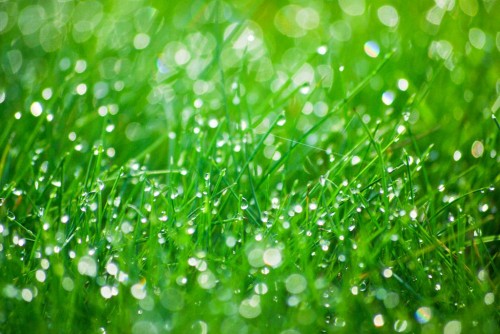
Stage preparation for sowing
The optimal time to lay the lawn is a period from spring to autumn. You can start this procedure after the snow completely comes. Deadline for sowing - mid-September. Up to this point, it is necessary to finish the work to enable the plants to grow before the winter period. The soil for sowing must be prepared.
A prerequisite for sowing the seeds of lawn herbs is slightly wet soil, but it should not be raw. If the soil does not have enough moisture and is overwhelmed, it should be poured. It should be started after dried up the top layer. In addition to moisturizing the soil layer, it is also necessary to jumble with robbles. It is desirable that the day chosen to work was madless.
Deleting weeds
Weighing plants available on the site must be removed. You can do this in several ways:
- In the fall, the soil layer is drunk, resulting in damage to the underground parts of weeds and in the winter they are dying. But for this, dumping should be deep enough.
- The following method takes quite a long time - from 2 to 3 years. It involves cutting the weed plants at a small depth, which leads to the depletion of the root.
- In addition, it is possible to get rid of weeds by loosening the surface layer of the soil. Soil can be covered with a special material and thereby block the access of light for weeding plants.
- An equally efficient way to combat weeds is the process of removing the layer of old soil and styling on its place new, with the drainage system. The depth of the removal of the soil is 30 cm. The new soil is laid out in such a sequence: first the crushed stone layer, then the sand, with the chernozem. That area on which weighing plants were removed, it is recommended to fencing from the untreated area.
The most effective method of struggle is the use of herbicides. Processing plants by these chemical compositions is needed at that time when they are in the active growth phase. This should avoid mechanical damage. The time required for the death of weeds is from 20 to 30 days. Call the soil after 15 days after using the drug.
Underchard soil
You also need to perform soil feeding. Fertilizers should be made approximately a week before the sowing. Before starting work, you should calculate the number of seeds that will be required for this site. There is no single fixed norm, it depends on the type of grass. As a rule, the norm is indicated on the packaging of seeds. Approximate quantity - from 30 to 50 grams per 1 m 2. It is important to correctly determine the necessary norm, since it depends on the quality of the future coverage.
If when crops of lawn grass, the amount of seeds used will be less than the norm, the grass will be rare and to formed a dense carpet, it will take quite a long time. If the seeds in their number will exceed the norm formed by the grass will be very thick. With such growth, the plants will be badly ventilated and taking a power deficit. As a result, the grass will weaken and become susceptible to various root and stem diseases, which will lead to the fallout of plants.
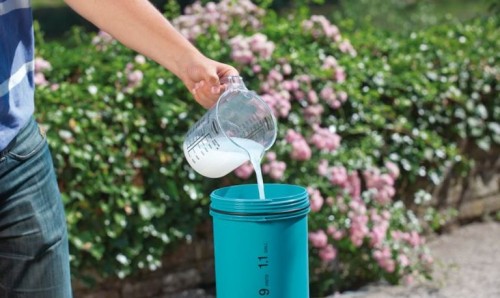
Sowing grass
To successfully implement sowing, it is necessary to take into account a number of such mandatory factors:
- A system of drainage, irrigation and power supply will be required.
- Before working the soil must be aligned. At the same time, it is possible to make a slope by about 3%, it will provide a flow of surface waters. In order for the development of herb correctly, the fertile layer of the soil should be at least 15 cm.
- If pre-removal of weeds were used chemicals, it is necessary to pay special attention to the removal of all fragments of these plants from the soil.
- The edges of the lawn are recommended to strengthen, it will facilitate care for him in the future. To do this, you can use crushed stone, gravel or stones. The surface of the future lawn should be as smooth as possible. The presence of pits or bugs will cause water accumulation, as a result of which the grass will move.
Severe lawn in two ways:
- manually;
- with the help of a lawn seeder.
To avoid errors and correctly determine the seeding rate with a manual method, it is recommended to adhere to the following procedure:
- First, it is necessary to reject seeds in the quantity that will be needed for sowing.
- Next, this rate must be divided into several parts. The number of parts depends on the size of the lawn, it can be 2-4 parts or more.
- A lawn should be divided into a similar number of parts. Borders between parts indicate shallow furrows.
- Sowing is performed as follows. Seeds need to be dial in hand, and then in a meter from the soil level, pour them out so that they form a uniform layer. The direction of sowing should be from the seeded part to the unpersonal soil, in the opposite side it is impossible to move.
Now consider the way how to plant lawn grass with the use of a seeder:
- To ensure uniformity of seeding, you need to install half norm on the seeder.
- Seeds should also be divided into two equal parts.
- The site first needs to fall along, using one half of the seeds, and then across the other half. This method will allow the most evenly to distribute the seeds.
- In the process of sowing around the trees and buildings, leaving some space. This will contribute to greater aesthetics of lawn and facilitates the care afterwards.
- Seeding seeds, the soil should be fragmented by robbles. For this purpose, it is better to use fan rake. So the seeds will be rushed with a small amount of soil.
- If the soil in which sowing was performed, it is necessary to roll it with the rink.
- If the work was carried out on the soil of a loyal or clay type, this action is not necessary. Due to rolling on such a soil, a crust is formed, which will become an obstacle to grass shoots.
- After laying the lawn, it is mandatory to pour water. To do this, you can use a hose or watering can, but necessarily with a special nozzle for small spray. If you water from watering without this nozzle, the seeds will be blurred with water.
To create optimal conditions for germination of seeds, it is necessary to regularly moisten the surface layer of the soil after sowing. Watering follows every day. It is advisable to do this in the evening, in this case the water will not evaporate quickly, and the soil moisturizes to sufficient depth. At high temperatures, the plant is recommended to cover up to protect them from sun rays. For germination, seeds will be required from 5 to 14 days. It is important for the first two weeks after germination of the first germs to maintain the soil in a moistened state.
Conclusion
Lawn grass performs simultaneously decorative and protective functions. Today, you can find a wide variety of varieties of this plant. The use of one or another variety is determined by a number of factors. In the article, we considered the subtleties of the choice of lawn grass when planting seeds and in which way. The seeding process includes several stages and implies the fulfillment of certain requirements, but compliance with all recommendations will help to successfully interfere with lawn.
Features of the sowing of lawn grass are presented on video:

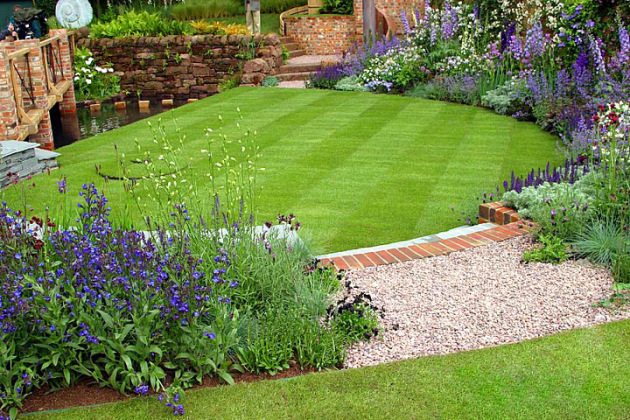
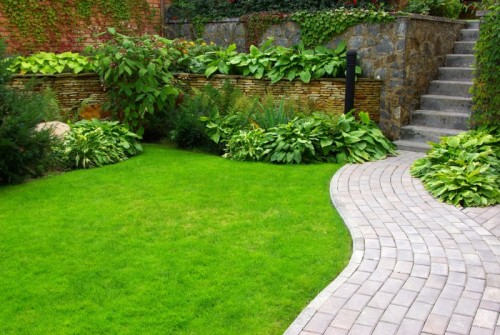
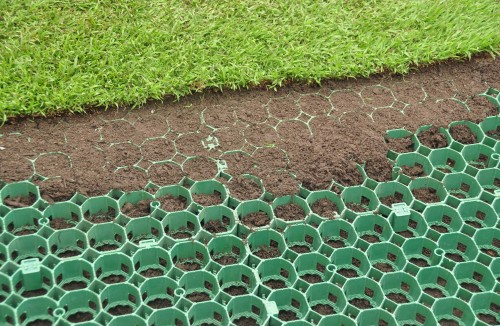
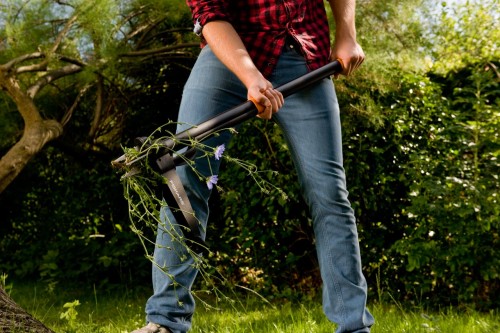
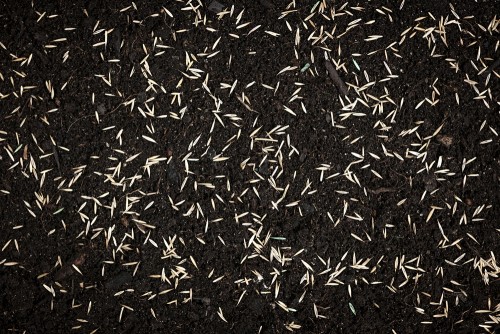
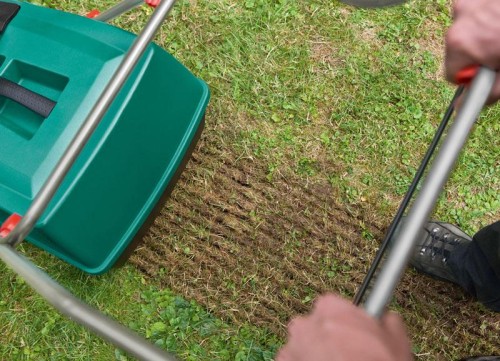












 Start a discussion ...
Start a discussion ...